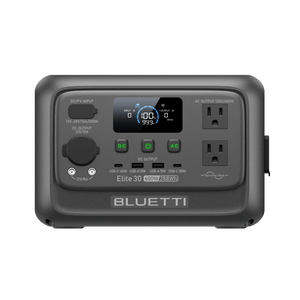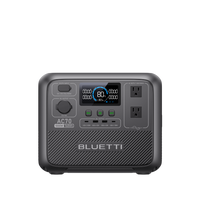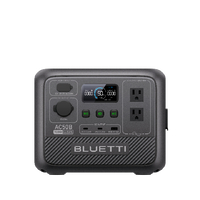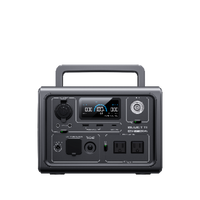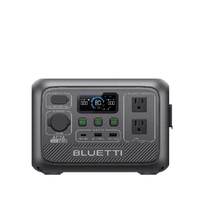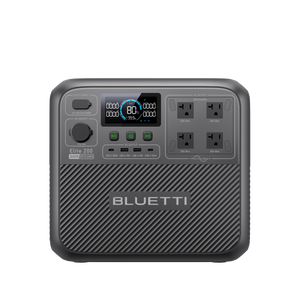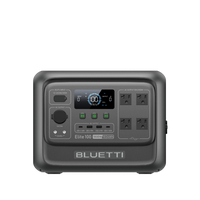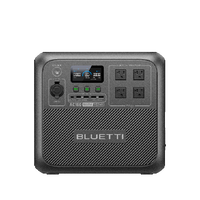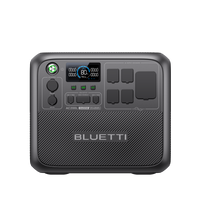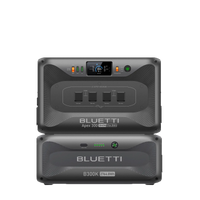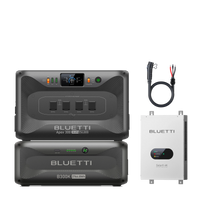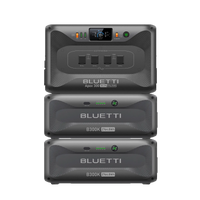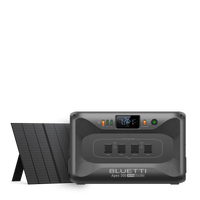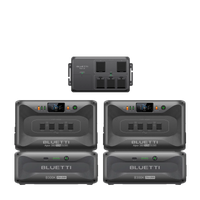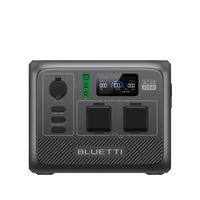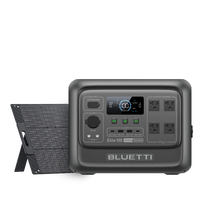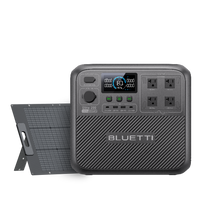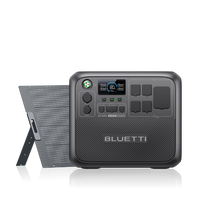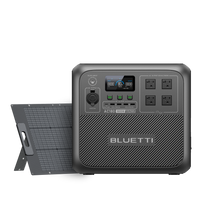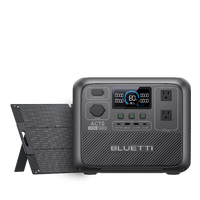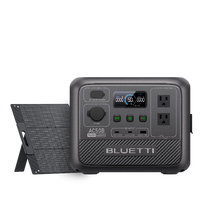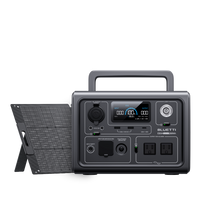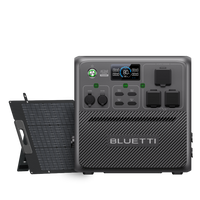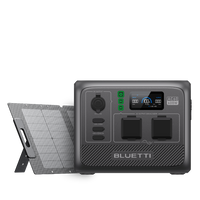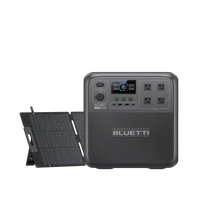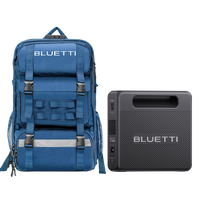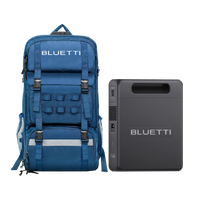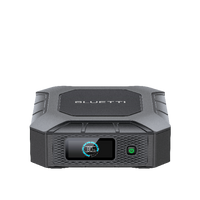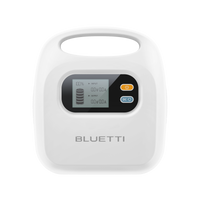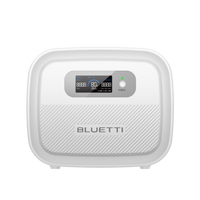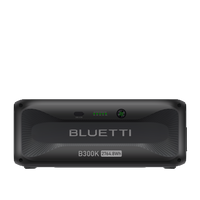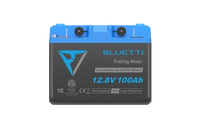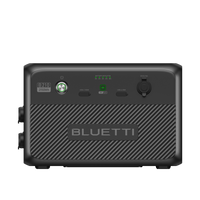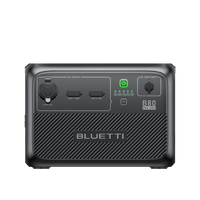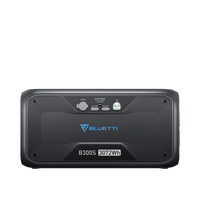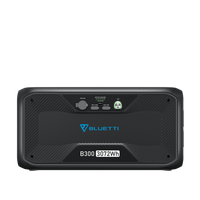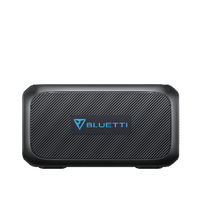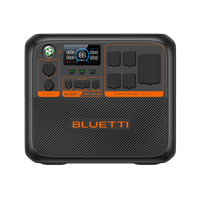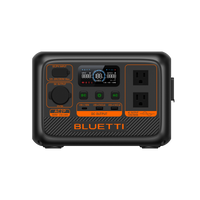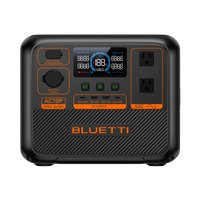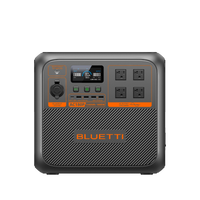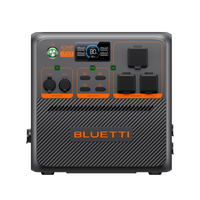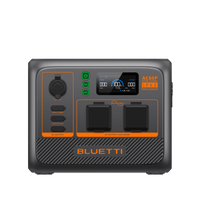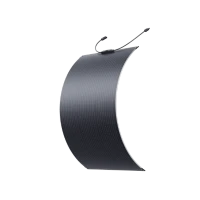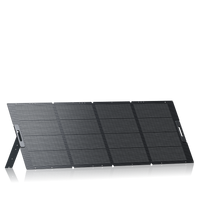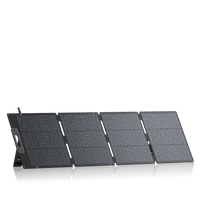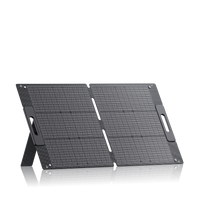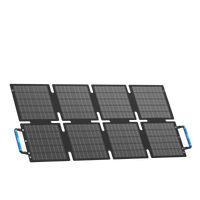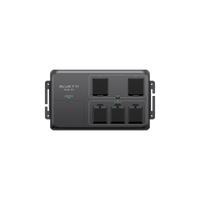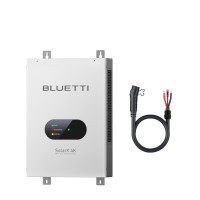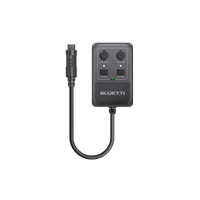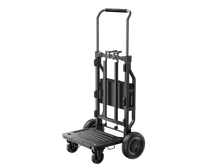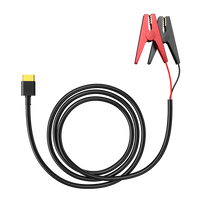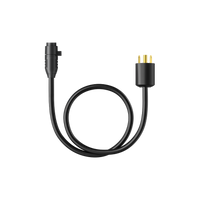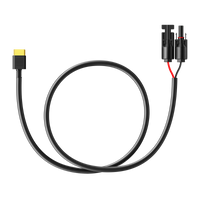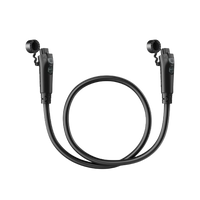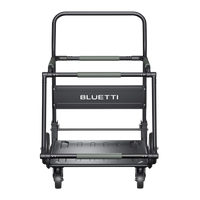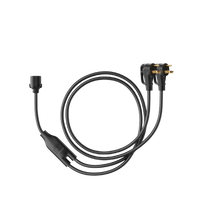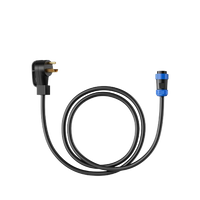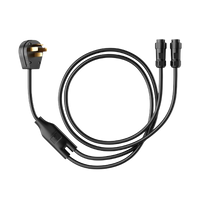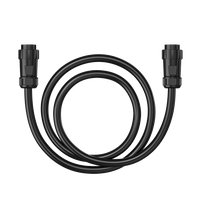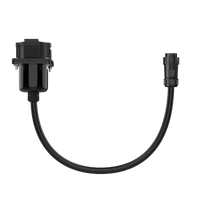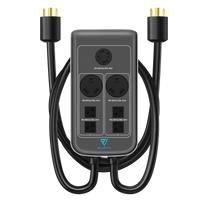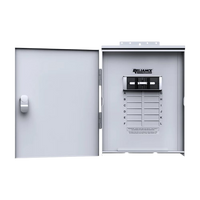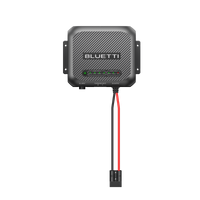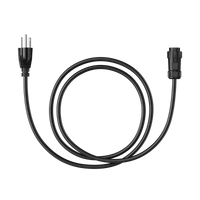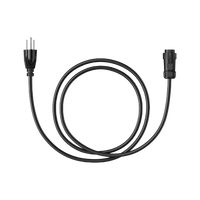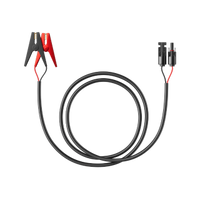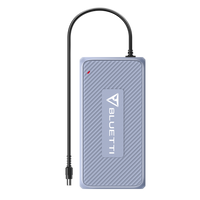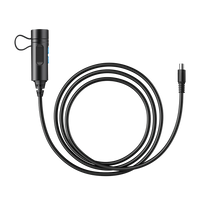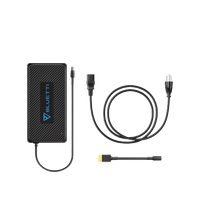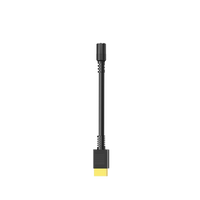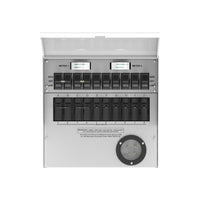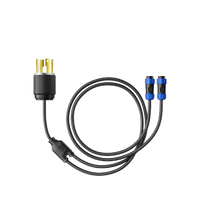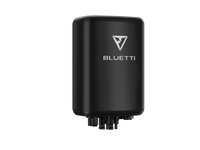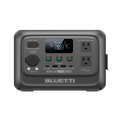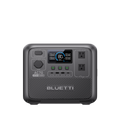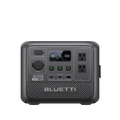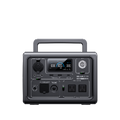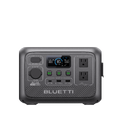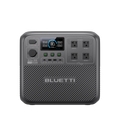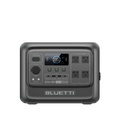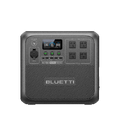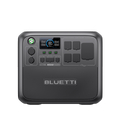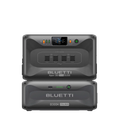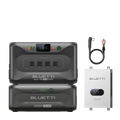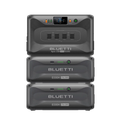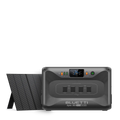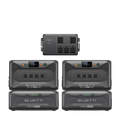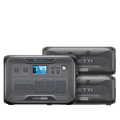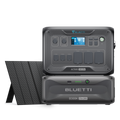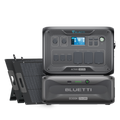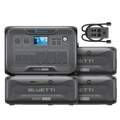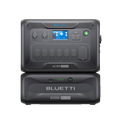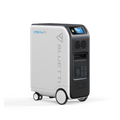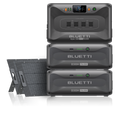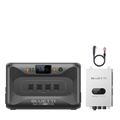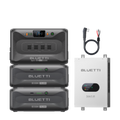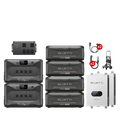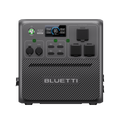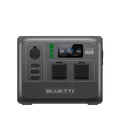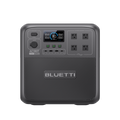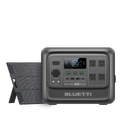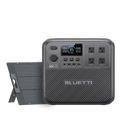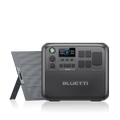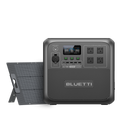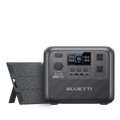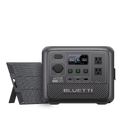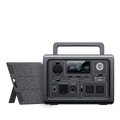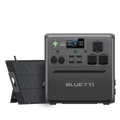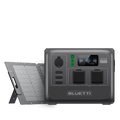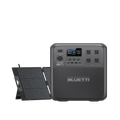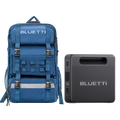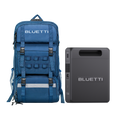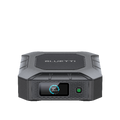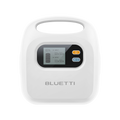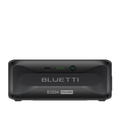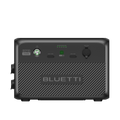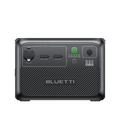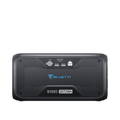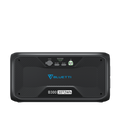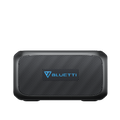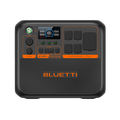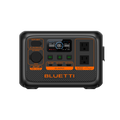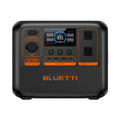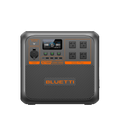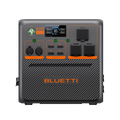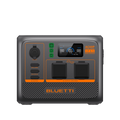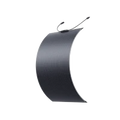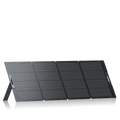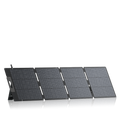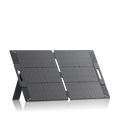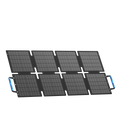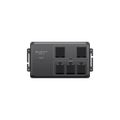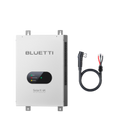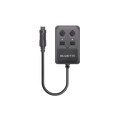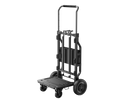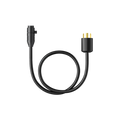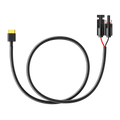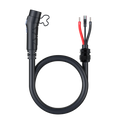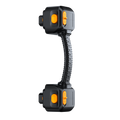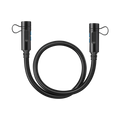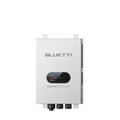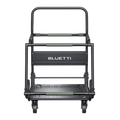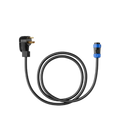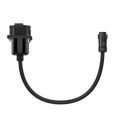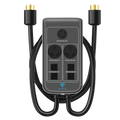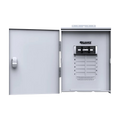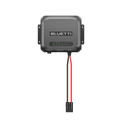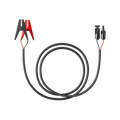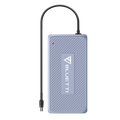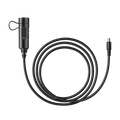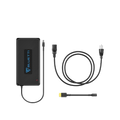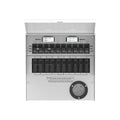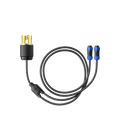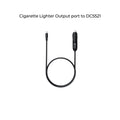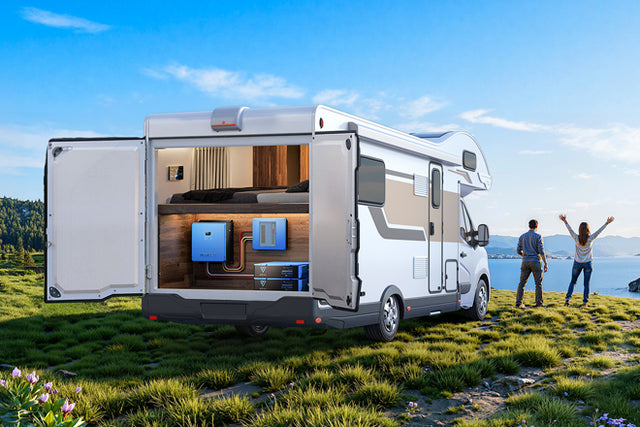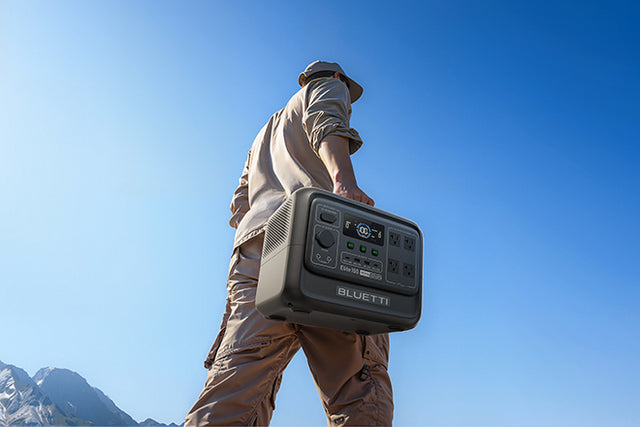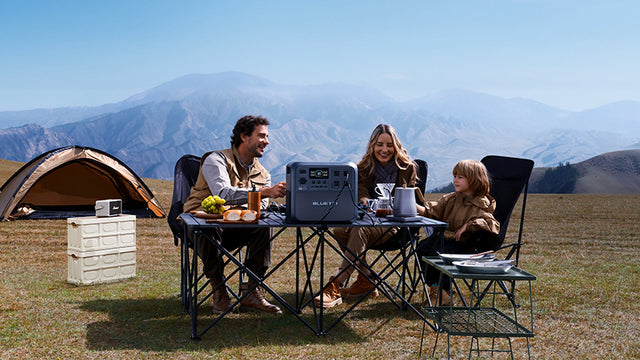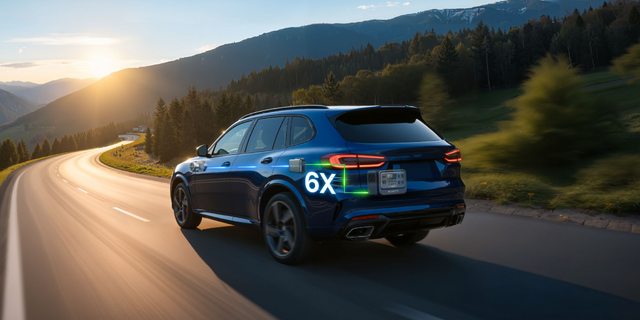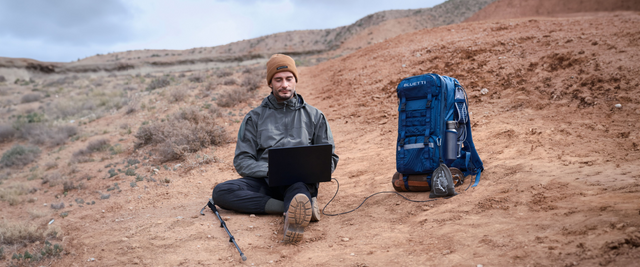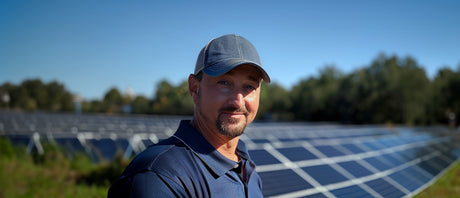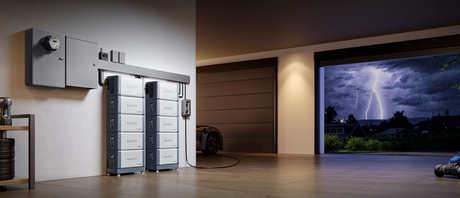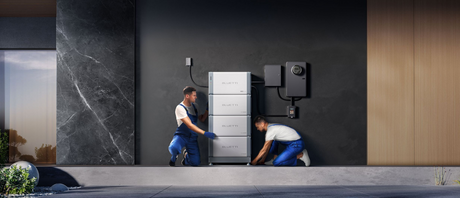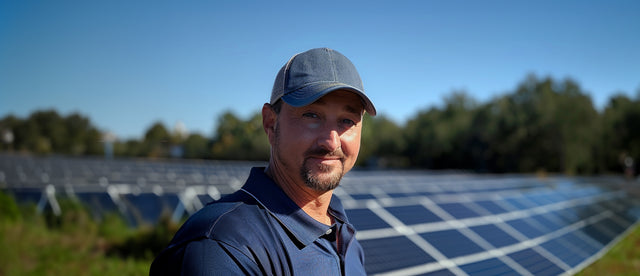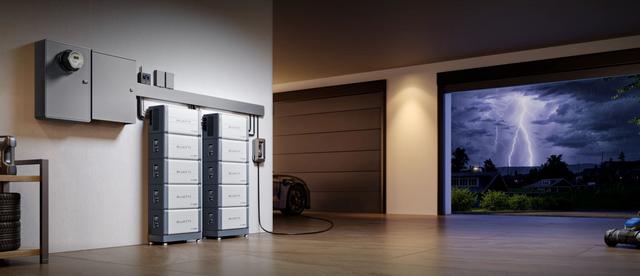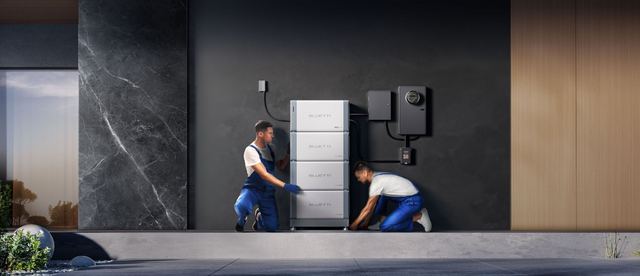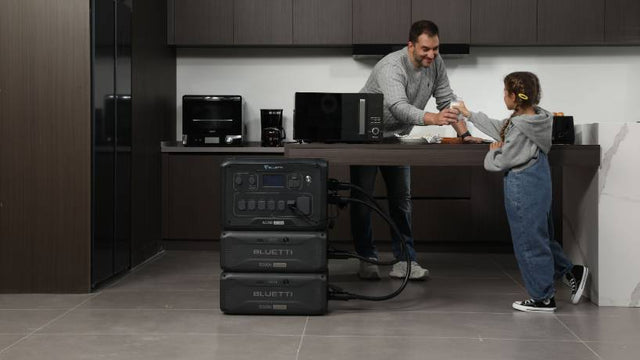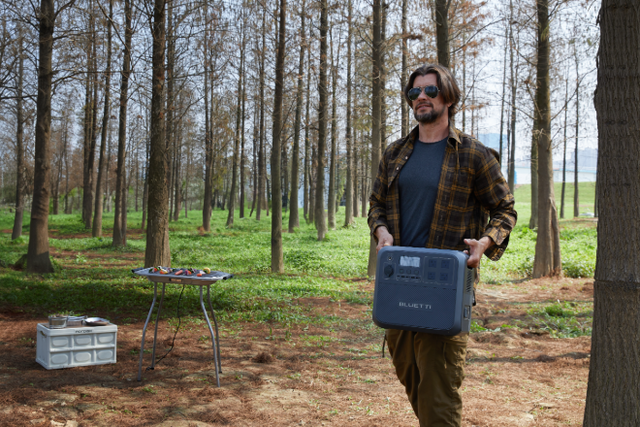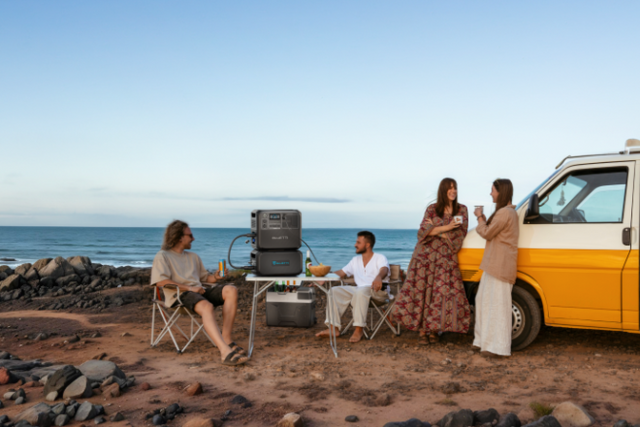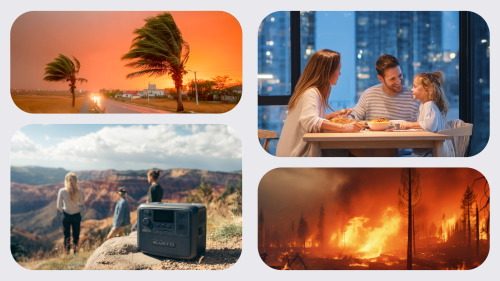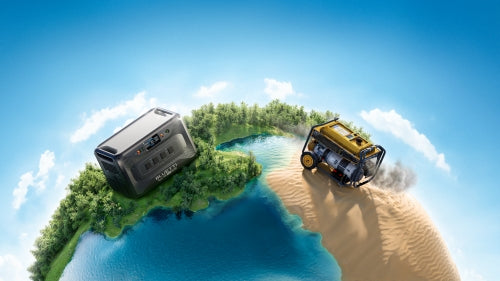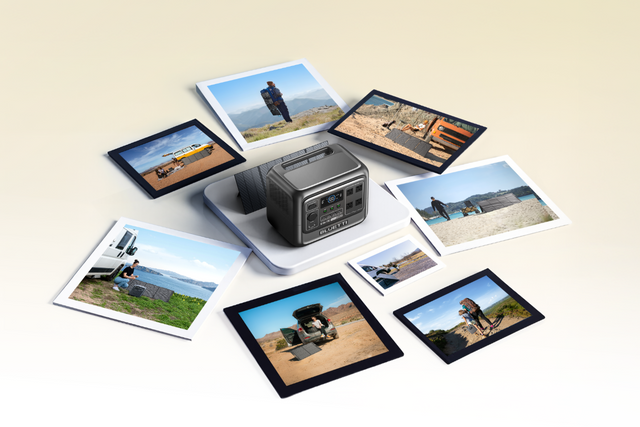Your cart is empty
Shop our productsImagine a situation where you are driving down a road, listening to your favorite podcast or music playlist on a rainy day, only for the road in front of you to suddenly look like a river, leaving you questioning whether it's even a good idea to continue driving. Yep, that's a flash flood!
Flash floods are very hard to anticipate, and just a few inches of water can be disastrous. Flash floods are hard to predict, tell the depth, or even judge how powerful they are, which makes them all the more dangerous.

Understanding the Risks
The Power of Water
You don't need to see a roaring flash flood to know that you are in danger. As little as 6 inches of water can disable many cars by stalling the engine or damaging electronics. 12 inches is enough to sweep your car away. These depths may vary depending on your vehicle's size and clearance. Smaller cars are at higher risk in shallower water.
Consider this: water will weigh 1000 kilograms per cubic meter. And this water will be moving with devastating force. It's the wonders of physics at play!
Road Collapse
Often, it's not what you see but what you don't see that poses a danger. Flash floods are powerful enough to destroy the road underneath, leaving a gaping hole that will swallow your vehicle in an instant.
Debris Hazards
And the flash floods also have the power to carry debris, including falling trees and trash, all of which will crash into your vehicle and make things even worse.
Contaminated Water
Plus, let's not forget that floodwater isn't at all clean. Floodwater often contains sewage, chemicals, and other hazardous materials, which can then cause serious skin and health issues once you come into contact with it.
Recognizing Flooded Roads

Faded or Missing Lane Markings
The first and easiest way to tell that you are dealing with a flooded road is that you will struggle to see, and sometimes even see the markings. This will mean that the road has flooded enough to cover other dangerous debris that could cause a serious risk.
Swirling Debris
Keep a close eye on the water surface, and if you notice leaves, branches, or even trash swirling, it means there is more debris in the water. Even slow-swirling debris can knock you off balance on foot or veer your vehicle off course.
Unusual Water Movement
If you notice water flowing in an area that is normally dry or moving in an unusual direction, it's often a warning sign that the roads might be dangerous. For example, it may indicate runoff from heavy rain or a compromised drainage system. This should prompt you to stay alert and cautious.
Changes in Road Texture
There are times when the water will hide potholes, deep holes, or dips. If you notice that the surface of the flowing water is uneven in some sections, then you are better off avoiding them because you may not know what lies underneath.
By keeping a close eye on such telltale signs, you can keep yourself safe by either making a retreat or changing direction.
The "Turn Around, Don't Drown" Rule
What It Means
"Turn Around, Don't Drown" may sound like a catchy phrase, but it is a lifesaving campaign by the National Weather Service with a simple idea: that if you find yourself in a flash flood or a flooded road, even if it looks shallow, you ought to turn your vehicle around and try to find a different route. The idea here is to steer clear of a very dangerous situation.
Why It Works
A lot of flood-related deaths are caused by the driver's own underestimation of the strength of the water as well as its depth. Many drivers will get into a flash flood thinking that their vehicle is heavy or powerful enough to power through, but the water can easily and quickly change that perception, at which time it's already too late.
By simply turning around, you avoid taking the risk entirely, which keeps you safe.
How It Saves Lives

By avoiding flooded roads, drivers steer clear of risks like debris and branches in the water, helping prevent injuries and fatalities annually.
Such a choice will only take a few seconds to make, but it can make a whole world of difference in a life-threatening situation.
So, the golden rule is simple: don't try to overthink the situation and risk your life and the lives of your loved ones. No matter how simple or tempting it may appear, simply Turn Around. Don't Drown!
If You're Trapped in Rising Water
Stay Calm
The first thing to always do when you get trapped in a flash flood is to clear your mind and not panic. Only then will you be able to make the right judgment about what you need to do, which is not clouded by fear.
Unbuckle Your Seatbelt
Next, consider who is with you in the vehicle. If you have kids, unbuckle their safety belts first, then unbuckle yours too, and anyone else in the vehicle.
Exit Through the Windows
Now it's time to escape! Do not try to open the door, as the pressure of the water outside can make it hard to open. Even if you manage to open the door, the water may rush in fast, creating another risky situation. Roll down your windows instead, or try breaking a side window. Keep a window-breaking tool and seatbelt cutter in an accessible location, such as the center console.
Move to Higher Ground

Having managed to get out of your vehicle, find the first high ground, and get to it. Avoid moving quickly when the water is moving, as it could easily knock you off your feet and carry you away. Sometimes the first high ground can be the roof of your vehicle.
Call for Help
If your phone is still usable, call emergency services immediately, provide your location, and tell them about your situation. This will help them respond fast.
Preventive Driving Measures
Check Weather Alerts Before You Go
Before starting your trip, consider checking the weather app on your smartphone or local weather channel for up-to-date information on the weather patterns. This can help you avoid driving straight into a flash flood.
Avoid Low-Lying, Flood-Prone Routes
Some roads, especially those close to streams, rivers, and other water bodies, can be risky to drive on during heavy rain. When it's the rainy season, consider planning an alternative route. While it might be longer, it can help you avoid a disaster.
Pack Emergency Gear

It's always a good idea to be prepared for any eventuality, especially a flash flood. Consider packing an emergency kit with stuff like:
- Flashlight with extra batteries.
- Portable phone charger or power bank.
- A small first-aid kit.
- A window-breaking tool and seatbelt cutter.
- Bottled water and a whistle for signaling help.
Stay Aware While Driving
While you need to keep your eyes on the road ahead, also remember to momentarily look to the sky and try and read the weather. If you notice a storm brewing or if the rain is intensifying, don't hesitate to change your plans and take a detour.
Backup Power in Emergencies
Why Keeping Devices Charged Matters
When you find yourself in an emergency, such as a flash flood, you will likely need to find alternative routes at best. At worst, you might need to call for help. This is why having your devices charged is of critical importance. It can mean all the difference.
And this is where a portable power station comes in!
Compact Lifesaver: Elite 30 V2

The BLUETTI Elite 30 V2 is a great choice of portable power station for emergencies on the go. It's compact, offers a 288 Wh capacity, is ideal for small devices, and has a 600W continuous output. Not only that, it comes with an impressive power-lifting mode of 1500W to handle surges.
The BLUETTI Elite 30 V2 weighs in at just 9lbs. and is so compactly built that you can store it inside your glove box. With a 3000+ cycle lifespan, you can rest easy knowing it will serve you for well over 10 years with good maintenance. Plus, you can reach 80% charge in 45 minutes, making this a lightweight yet highly powerful ally for emergencies.
Heavy-Duty Powerhouse: AC200L

If you have higher power needs, such as during camping or powering larger devices, you may want to consider the BLUETTI AC200L. It offers a whopping 2400W of continuous output and a 2048Wh capacity. Not only that, but it also comes with 3600W turbo power for surges.
Let's talk about the battery life. The LiFePO₄ chemistry gives you over 3000+ cycles, translating to roughly 10 years of use. With its ultra-fast charging capability, it can also reach 80% in just 45 minutes via an AC output.
The AC200L also features Wi-Fi and Bluetooth control, in-built expansion battery support, and seamless UPS-style switchover, just to add to its arsenal of cool features.
Which One Should You Choose?
|
Scenario Type |
Recommended Model |
Why It Works |
|
Glove-box emergency |
Elite 30 V2 |
Compact, quick-charging, lightweight |
|
Camping / Evacuations |
AC200L |
High capacity, fast recharge, strong appliance support |
Conclusion
During a flash flood, your priority should always be your own safety. Roads can be repaired and appointments rescheduled, but lives can never be replaced. No matter how tempted you might feel or how shallow the crossing might appear, the risks will be too great. Always keep the golden rule in mind: Turn Around, Don't Drown. By making the right choices, you keep yourself, your passengers, and rescuers safe as well.
